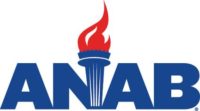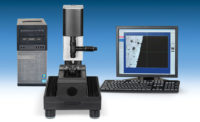BELLEVUE, WA - PACCAR achieved its 71st consecutive year of net profit and reported improved fourth quarter revenues and net income compared to the third quarter of 2009, says Mark C. Pigott, chairman and chief executive officer. “PACCAR’s 2009 financial results reflect the benefits of the company’s exceptional quality products and services, geographic diversification, strong aftermarket revenues, good financial services income and environmental leadership. I am very proud of our 15,000 employees who have delivered outstanding performance to our shareholders and customers, particularly considering the very difficult recession which impacted our industry in 2009.”
“Many of the world’s economies are still in the middle of a challenging recession. Consumers are increasing their savings and reducing spending, which is healthy for economies in the long run; however, it has resulted in less freight year-on-year and lower demand for commercial vehicles,” says Pigott. “Many nations are faced with high unemployment and major catalysts for economic growth, such as home construction and car production, are at 30 to 50 year lows. The good news is that PACCAR has reinforced its position as one of the leading technology companies in the automotive sector. PACCAR is one of the few companies in the sector to deliver net income every year in the last decade. This outstanding performance has benefited our shareholders with a 19.1% annual return for the decade compared to the S&P annual return of negative 1%.” PACCAR’s shareholder return exceeds the S&P 500 return for the previous one-, three-, five-, ten- and twenty-year time periods.
“PACCAR’s excellent balance sheet and strong operating cash flow of $1.37 billion in 2009 have enabled ongoing investments in capital projects such as new diesel engines, expanded vehicle ranges, annual factory efficiency improvement of 5-7% and contributed to earning the majority of the industry’s quality awards,” noted Tom Plimpton, vice chairman. “The company’s strong performance places PACCAR in a leading position when the industry returns to a normal vehicle demand of 225,000-250,000 units in the U.S. and Canada as well as in Europe.”
Get our new eMagazine delivered to your inbox every month.
Stay in the know with Quality’s comprehensive coverage of the manufacturing and metrology industries.
SIGN UP TODAY!Copyright ©2024. All Rights Reserved BNP Media.
Design, CMS, Hosting & Web Development :: ePublishing


